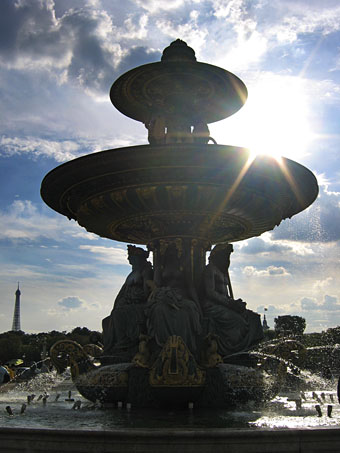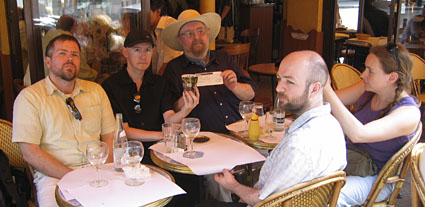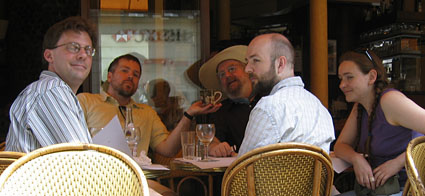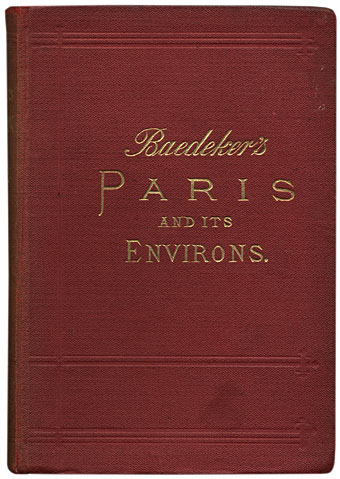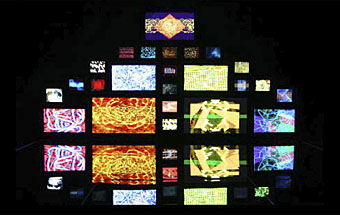
77 Million Paintings by Brian Eno, Laforet Museum, Harajuku, Tokyo.
Brian Eno is in the latest Wire talking about his forthcoming DVD-ROM, 77 Million Paintings. He also mentions coining the term “generative music” in 1995 to a resounding silence. 77 Million Paintings continues the generative project:
This will be available later in the year as a DVD-ROM (which will play on most modern computers) and a DVD featuring Brian talking about the project. It also includes an extensive booklet covering Brian’s long and successful career as a visual artist.
The name 77 Million Paintings comes from the possible number of images that can be created from a huge number of combinations. Anyone familiar with Brian’s audio-visual installations will instantly recognise the inspiration behind the project. The music is from Brian’s installation collection.
Ambient stuff for the eyes, in other words. I’d be looking forward to this if I still had a TV (mine packed up a few years ago) as I used to program my primitive Spectrum computer (which still works!) to generate simple patterns, turning the TV screen into an abstract artwork for a few hours. The difference with Eno’s project, of course, is the greater variety, quality and degree of intent involved. I saw one of his installation works, The Quiet Club, at the Hayward Gallery in 2000 which used similar audio and visual processes. With 77 Million Paintings you’ll be able to turn your living room into a quiet club of your own.
In a similar generative vein, there’s WolframTones: “A New Kind of Music – Unique cellphone ringtones created by simple programs from renowned scientist Stephen Wolfram’s computational universe.” Too complicated to explain; go and play around with it.
